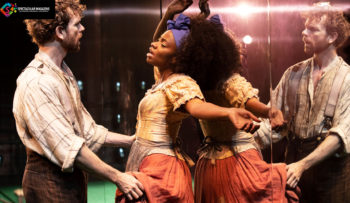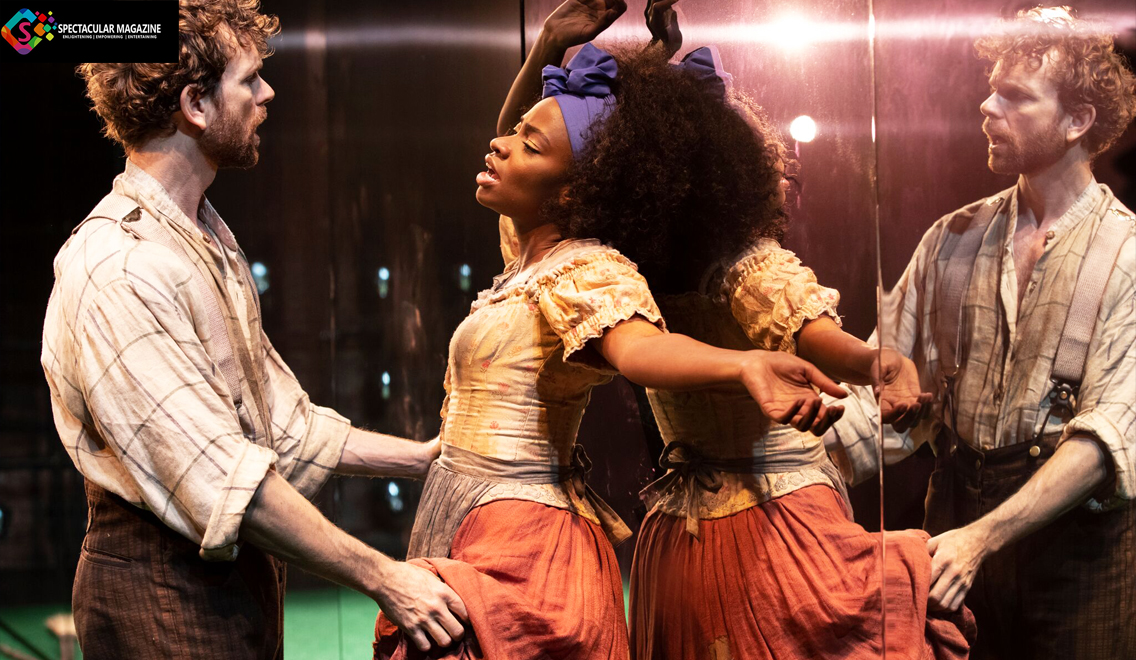‘Slave Play’: Off-Broadway Show On Sex Role-Playing, Interracial Couples Is Headed To Broadway
Jeremy O. Harris’ Slave Play is coming to Broadway.
Under the direction of Robert O’Hara, Slave Play will begin its run on Broadway as a 17-week engagement preview on Tuesday, Sept. 10th at the Golden Theatre and will open officially on Sunday, Oct. 6th. The play will be produced by Jake Gyllenhaal’s production company Nine Stories.
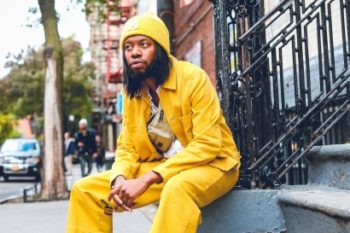
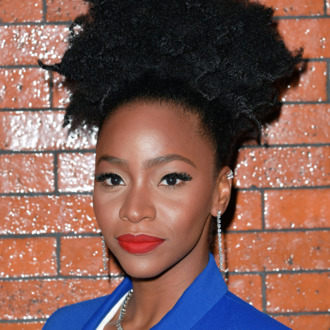
The play, created by Jeremy O. Harris, stars If Beale Street Could Talk‘s Teyonah Parris, Ato Blankson-Wood, James Cusati-Moyer, Paul Alexander Nolan, Annie McNamara, Sullivan Jones, Chalia La Tour and Irene Sofia Lucio.
Slave Play follows the interracial couples as they roleplay as slaves, overseers, and masters to solve their sexual woes. The couples are taking part in an experiment called Antebellum Sexual Performance Therapy (or “slave play”), which is supposed to help Black partners rediscover their White partners and achieve a sexual gratification they once lost. To be clear, Antebellum Sexual Performance Therapy isn’t at all real–it’s just a concept used for the play. But this concept is an important one to address the myriad of ways race and power play into sexual desires.
All of the couples involved pretend to be various people living in the fictional MacGregor Plantation in Virginia. Kaneisha (Parris) takes on the role of a slave who has an affair with Jim (Nolan), her partner who is roleplaying as a white overseer. Alana (McNamara) roleplays as the mistress of the house while her biracial partner Phillip (Jones) pretends to be Alana’s well-dressed house slave. Gary (Blankson-Wood) is the slave who acts as the boss to white indentured servant Dustin (Cusati-Moyer). The therapists running the entire experiment, Teá (La Tour) and Patricia (Lucio) watch the chaos their therapy unleashes.
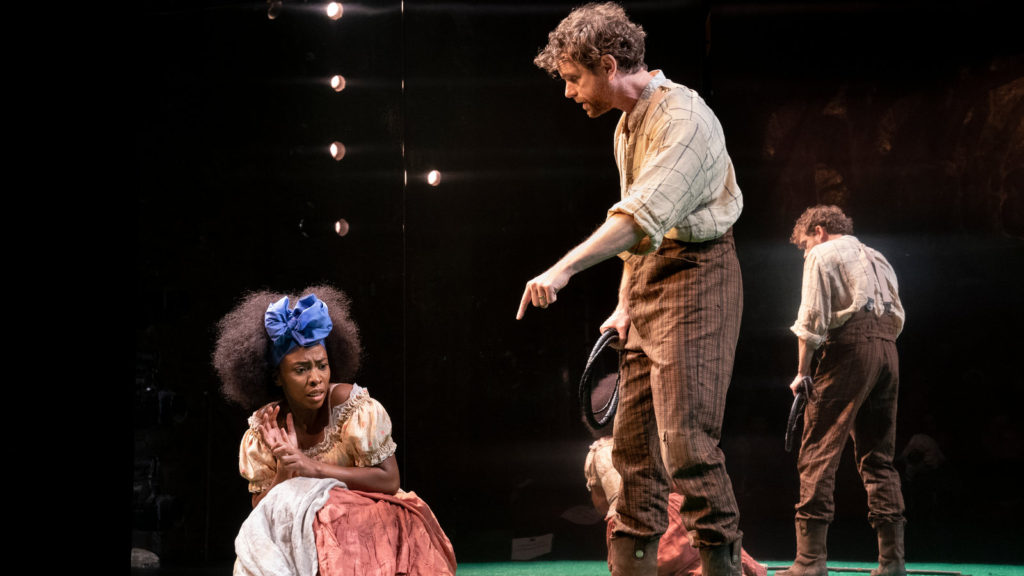 The characters within the play come to terms with how they may or may not participate in the racial power structure that also feeds into our sexual desires. The characters’ journeys also allow the audience to reassess themselves and how they might have been brainwashed by racially-coded lust and power.
The characters within the play come to terms with how they may or may not participate in the racial power structure that also feeds into our sexual desires. The characters’ journeys also allow the audience to reassess themselves and how they might have been brainwashed by racially-coded lust and power.
In January, the play became the topic of controversy when a petition was started to have the play shut down. The petition, created by Ashley B., reads: “I wanted to verbalize that this was one of the most disrespectful displays of anti-Black sentiment as art that I have ever seen,” wrote Ashley. “As a Black woman, I was terribly offended and traumatized by the graphic imagery mixed with laughter from a predominately white audience. I feel that the play’s writer and director, even as queer Black men, were viscous [sic] in their depictions of slavery, Black sexuality, and specifically targets Black women. Slavery and its pervasive consequences that still affect the descendants of US chattel slavery are not funny and I am extremely disappointed that all involved thought this was an appropriate tool to challenge that status quo on race relations.” Ashley also called the play’s final scene “degrading to my psyche.” At the time this article was published, that petition had over 4,200 signatures.
